The German overhead crane industry is vast and varied, with manufacturers of complete hoists alongside producers of consumables and components. Daniel Searle travelled through the west of the country to learn more.
Germany is famous for the scope of its industry, which ironically makes planning a week-long tour of the country’s overhead crane sector more difficult, as there is so much to potentially visit.
In the end, I aimed for a circular route starting at Stuttgart, travelling north through the regions of Baden-Württemberg and Hesse to North Rhine-Westphalia, to base myself in Düsseldorf, before returning south back to Stuttgart for my return flight, via Künzelsau en route.
As one might expect for a country with Germany’s reputation for industrial strength, the industry members I spoke to concurred on the current solidity of the domestic market. The consensus was that whilst the market may not be growing dramatically, there is steady growth from a very good initial position. And, due to the respected quality of German equipment, companies can rely on the export markets to bolster sales.
My first port of call was SWF Krantechnik in Mannheim, where I spoke with managing director Christian Heid.
“The German market is good,” says Heid. “It is still growing, although more slowly than expected. Therefore, we have higher export figures than anticipated—around 85–88% of our goods are exported.”
SWF Krantechnik sells almost globally, says Heid, although not in neighbouring France due to a sister company covering the region.
“We’ve seen strong sales to Belgium, Italy, Spain, Turkey, Australia, Indonesia, Vietnam, China, a couple of South American markets, and Russia has recovered well after sanctions were lifted.
In some export markets, such as China, customers request European equipment, to help guarantee safety on projects, which is becoming increasingly important in Asia.
“When one sector or country dips, others can grow—and because we serve a wide range of countries, this helps to keep our business steady. We did feel the effects of the dip in oil prices, but no so much. After the general drop of 2008–9, the fact that our business was spread out made it easier to recover.”
In Remscheid, around 30km east of Düsseldorf, I visited Kuli, and spoke with managing director Oliver Kempkes and export manager Oliver Riese. “Germany is still going well,” says Riese.
“It’s our largest single market. Europe overall has been steady for a few years but there has been little growth. We previously saw cycles of economy but currently the crane business is quite constant.”
That leads us again to the export market, which for Kuli is widespread and made more efficient by its network of partners and distributors.
“Our partners are usually crane manufacturers,” explains Kempkes. “They use Kuli components to complete their cranes, as girders can be manufactured in their domestic markets. The exceptions to this approach are in, for example, Africa, and on some islands.
“In the 1980s, my father shipped many completed cranes overseas—but we are now shipping fewer and fewer completed goods. We can provide specifications to our partners, and they are close to the end customers to give support.”
Riese adds: “This allows us to serve the markets much better. We don’t have a particular concentration of business in one region—we have good business in areas including America, the Middle East, Africa, and South East Asia.”
This gives balance to counter any market fluctuations, says Kempkes: “When sales of new cranes go down, refurbishments usually go up—then we can sell new wheel blocks, controls, hoists, and so forth. It’s a big advantage for us that we are widespread geographically and across various industry sectors—we cover the automotive industry, construction, chemical plants, assembly for machinery construction—and so if one area dips, we will be supported by another.


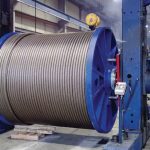

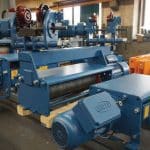
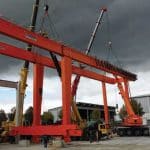
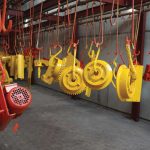
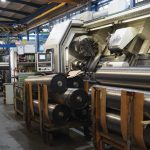

没有评论:
发表评论